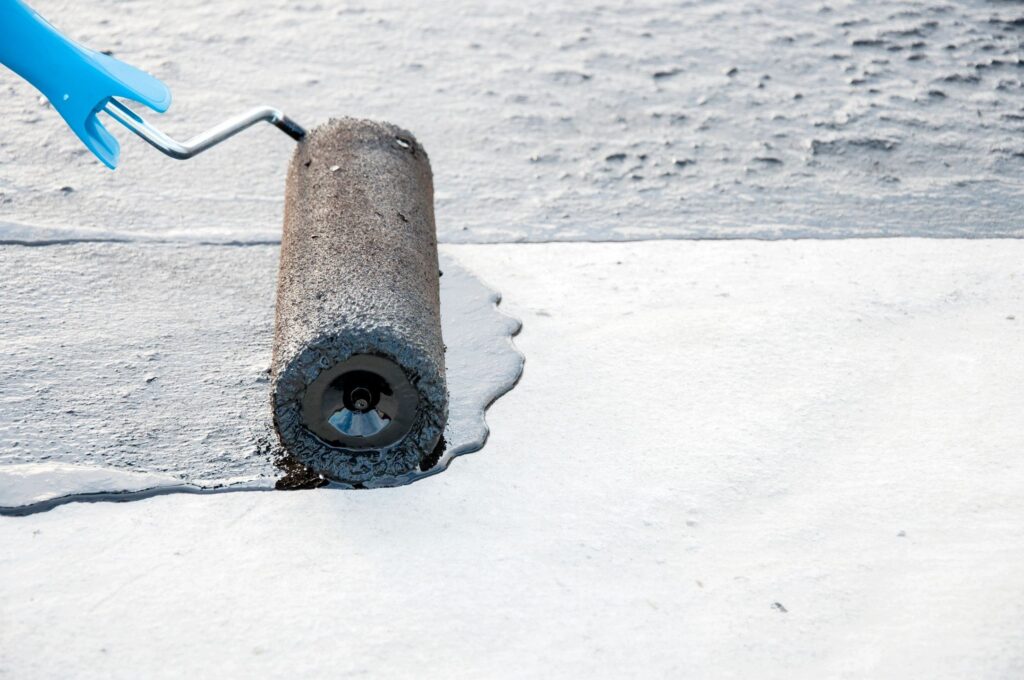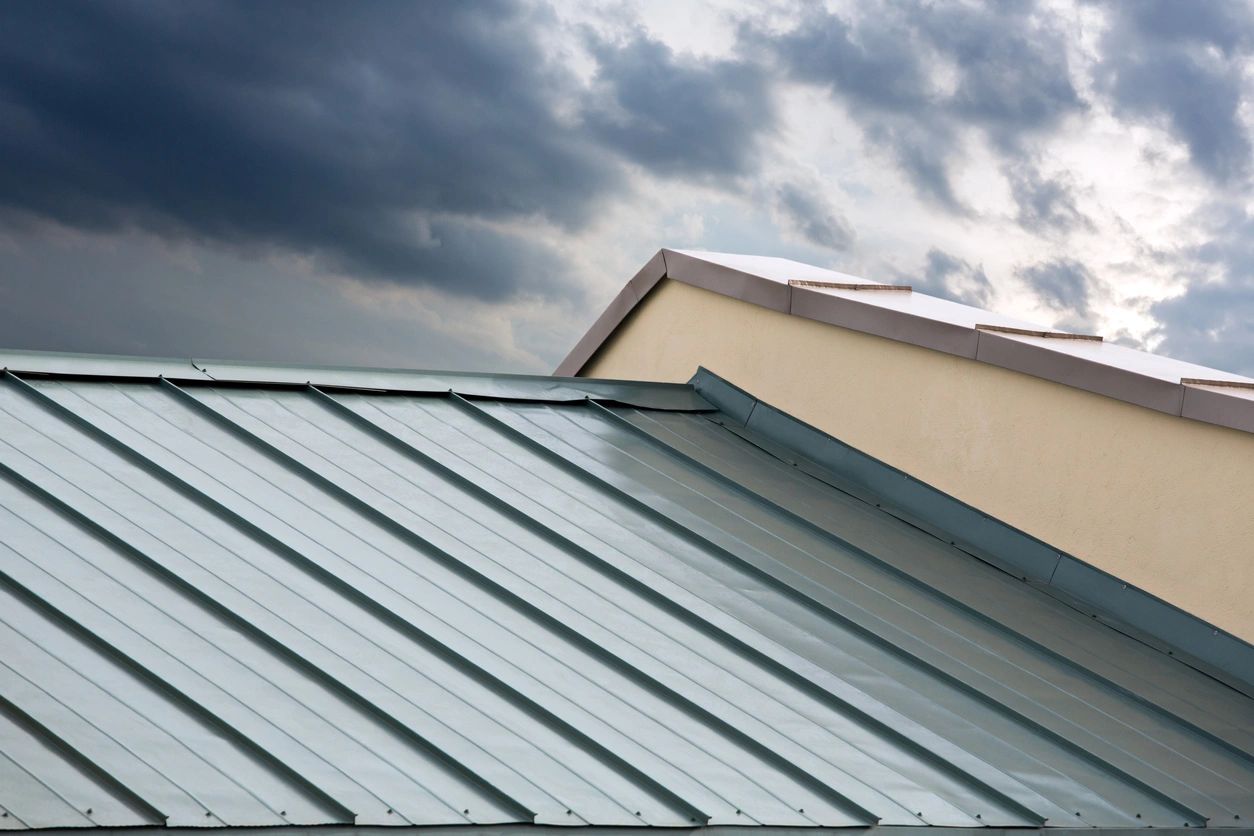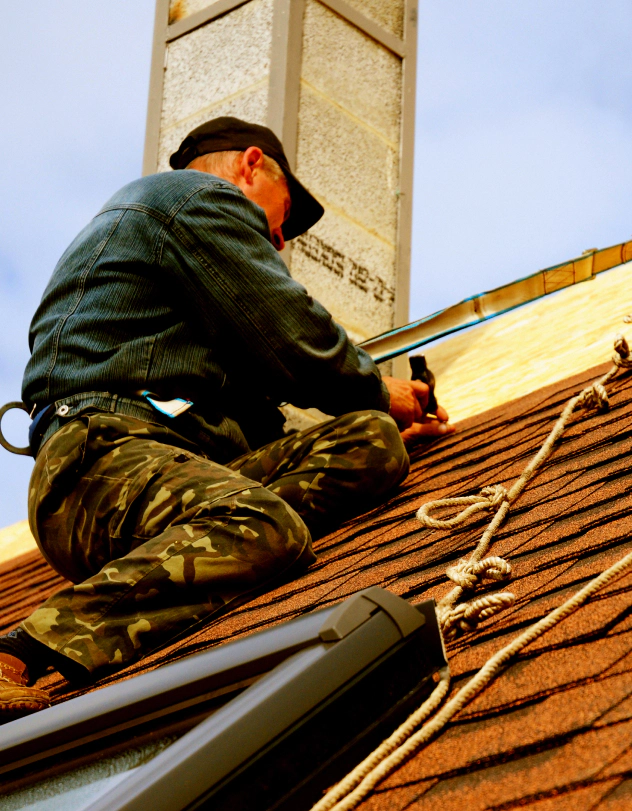Commercial buildings rely heavily on a durable, reliable roofing system to protect everything beneath them—from inventory and machinery to employees and customers. Unlike residential roofs, commercial roofs are typically flat or low-sloped and made with materials designed to withstand the demands of larger surface areas and heavier structural loads. However, like all parts of a building, these roofs have a limited lifespan and eventually require repair or replacement. Knowing when and how to address commercial roofing issues can save businesses thousands of dollars and avoid disruptions in operations.
One of the key differences between commercial and residential roofs lies in the materials used. Commercial roofing systems often utilize materials such as TPO (thermoplastic polyolefin), EPDM (ethylene propylene diene monomer), modified bitumen, metal panels, or built-up roofing systems. Each of these materials has its strengths and expected lifespans. For example, TPO roofs can last between 15 and 20 years, while EPDM can endure up to 25 years with proper maintenance. These materials are chosen based on factors like climate, building structure, and cost considerations.
Despite their durability, commercial roofs are vulnerable to wear and tear over time. Exposure to extreme temperatures, heavy rainfall, snow accumulation, wind, and UV radiation can accelerate aging. One of the most common signs that a commercial roof needs attention is leakage. Water stains on ceilings, mold growth, or puddling on the roof surface are all warning signs. A small leak, if ignored, can lead to extensive water damage that affects insulation, electrical systems, and interior finishes, significantly increasing repair costs.

Commercial roof repairs are often the first step in extending the life of a roof. Repairing involves fixing leaks, replacing damaged flashing, sealing seams, or patching punctures. Regular inspections, ideally twice a year and after major weather events, can help detect issues early. According to the National Roofing Contractors Association, more than 80% of commercial roof replacements could have been delayed or avoided entirely with regular maintenance and timely repairs.
However, there comes a point when repairs are no longer sufficient or cost-effective. If the roof is nearing the end of its life, or if damages cover more than 25 to 30 percent of the surface, full replacement may be the most sensible solution. The decision between repair and replacement also depends on the frequency of issues. If a roof requires continual patchwork and temporary fixes, those recurring costs may ultimately exceed the investment in a new roofing system.
Replacing a commercial roof is a significant undertaking. It requires a detailed inspection, removal of the old material, and careful installation of a new system. Building owners must consider factors such as insulation upgrades, energy efficiency, and local building codes. Many businesses are now opting for energy-efficient roofing solutions that include reflective coatings or insulation improvements to reduce heating and cooling costs. A well-installed commercial roof not only enhances protection but also improves building performance and can add to the property’s value.
Cost is another important factor in commercial roof replacement. On average, replacing a commercial roof can range from $7 to $12 per square foot, depending on the materials chosen and the complexity of the installation. This means that for a 10,000 square foot building, a full replacement could cost between $70,000 and $120,000. While this may seem like a steep investment, the benefits of long-term performance, warranty coverage, and reduced maintenance costs often justify the expense.
In many cases, building owners seek to minimize downtime and disruption during roofing projects. An experienced commercial roofing contractor can help develop a plan that ensures work is completed efficiently and with minimal impact on daily operations. Clear communication, realistic timelines, and safety measures are essential when planning a roof replacement in an occupied building.
Ultimately, the decision to repair or replace a commercial roof should be based on a thorough assessment by a qualified roofing professional. Regular maintenance and inspections are key to extending the life of the roof and avoiding emergency repairs. Whether opting for minor fixes or a full replacement, investing in your commercial roofing system is an investment in the future of your business. By taking a proactive approach and partnering with experienced professionals, building owners can protect their assets, maintain business continuity, and ensure the longevity of their properties.
If your roof is getting old, showing signs of damage, or was hit by a storm recently, it’s important to take action quickly when you think something’s wrong! Choose Legends Roofing for your roofing needs. We are licensed and insured and bring over 15 years of experience to the table. We serve Mandeville, Covington, Slidell, Hammond, Abita Springs, and more.
Count on us for free estimates, ensuring transparency and trust in every step of your roofing project. Our roofing experts will recommend the best type of roof to keep your family and home safe from Louisiana hurricanes for a long time. Contact us today to schedule your free roofing estimate!




